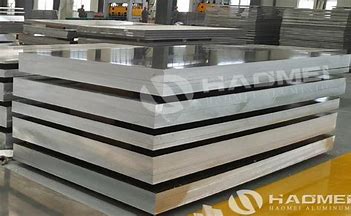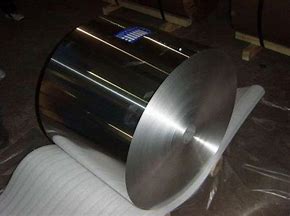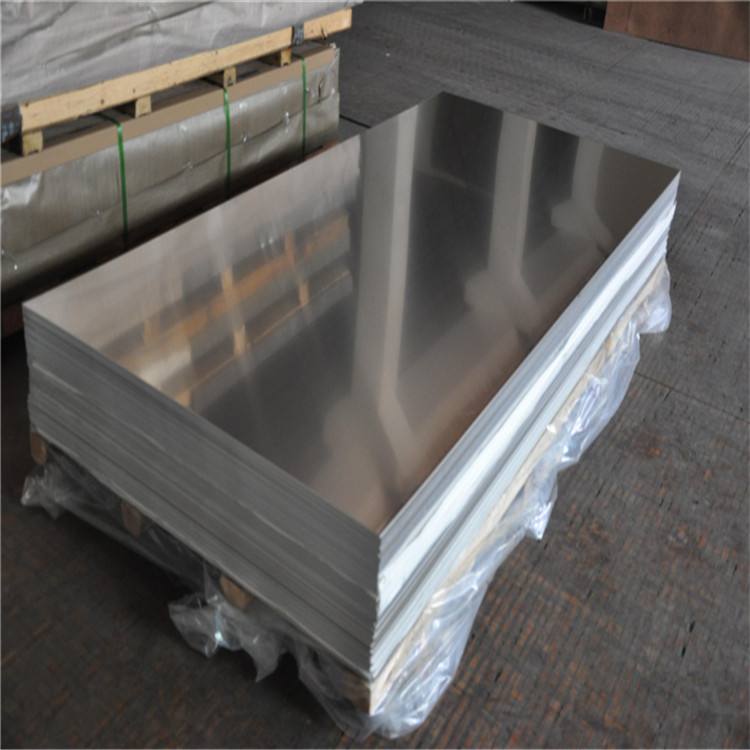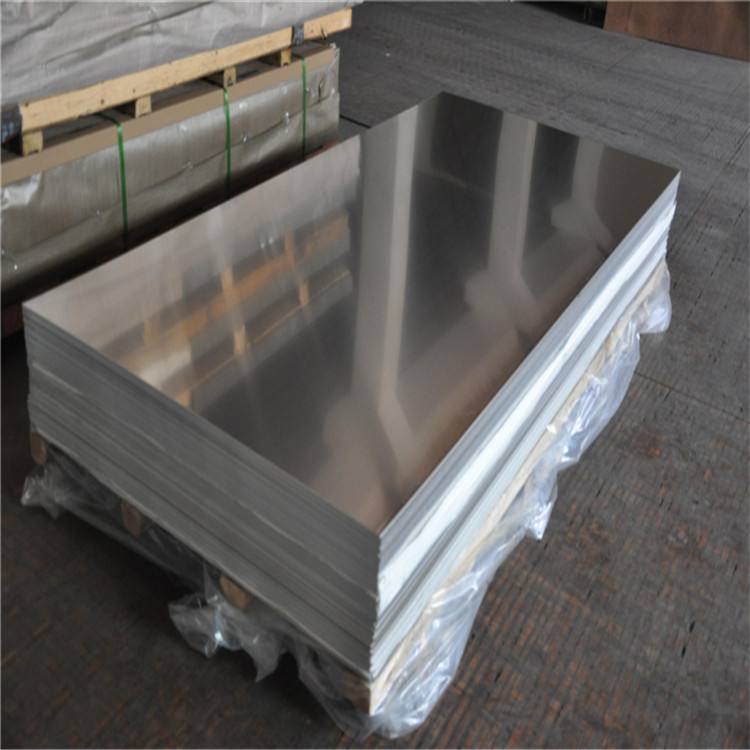



How can cryogenic techniques help stress relief in aluminium?
Another type of stress relief involves low temperatures. This is when an aluminium part is placed in a special bath and exposed to liquid nitrogen. The temperature will cool to -300°F and the metal will remain there for a period of time, depending on the type and thickness of the alloy. It is then gradually heated to room temperature.
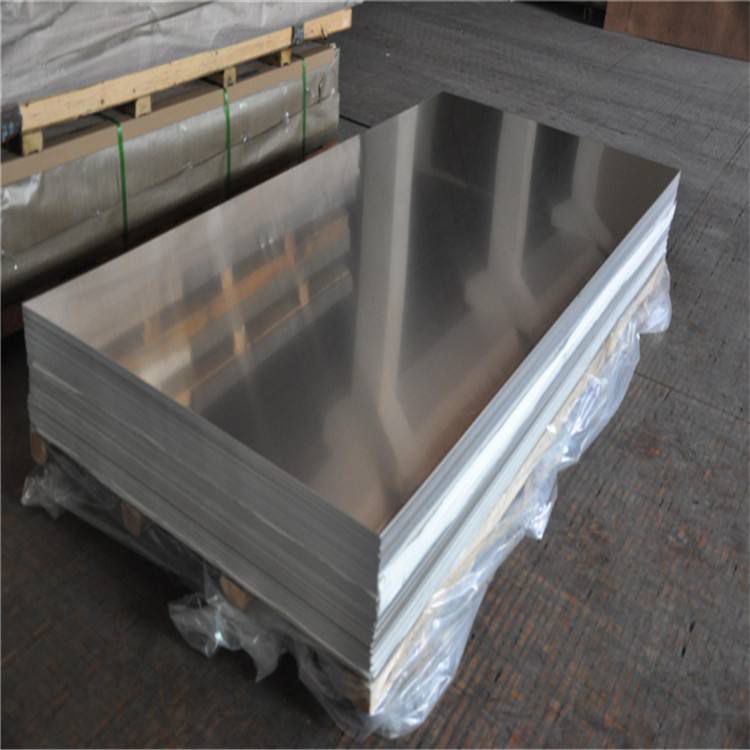
The cryogenic process is an alternative to the more common forms of heat treatment. Residual stresses are removed and wear and corrosion resistance is enhanced. Treating aluminium in this way reduces the tendency to distort and increases both strength and durability. Other benefits include reduced stress cracking, a lower coefficient of friction and greater impact resistance. Parts treated in this way will be easier to machine and straighten, and the life of the finished part will be extended.
The difference between extruded and cold worked aluminium
Although they are often produced from the same grade of material, there are many differences between extruded and cold worked aluminium bars. Both offer the key benefits of aluminium: corrosion resistance, thermal conductivity and a high strength-to-weight ratio; but each product has its own values and benefits. It is important for manufacturers to understand these differences and to know what the needs of a particular application are.
One good way to ensure you have the right metal for your next project is to work with an experienced materials supplier, and it is important to have resources to turn to when problems arise with an alloy for a particular application.
* Thank you for your inquiry. Please provide your business needs information so that we can better serve you.
This information can help us assign the most suitable person to solve your problem. We will give you feedback within 1-2 working days.
Related Blog
